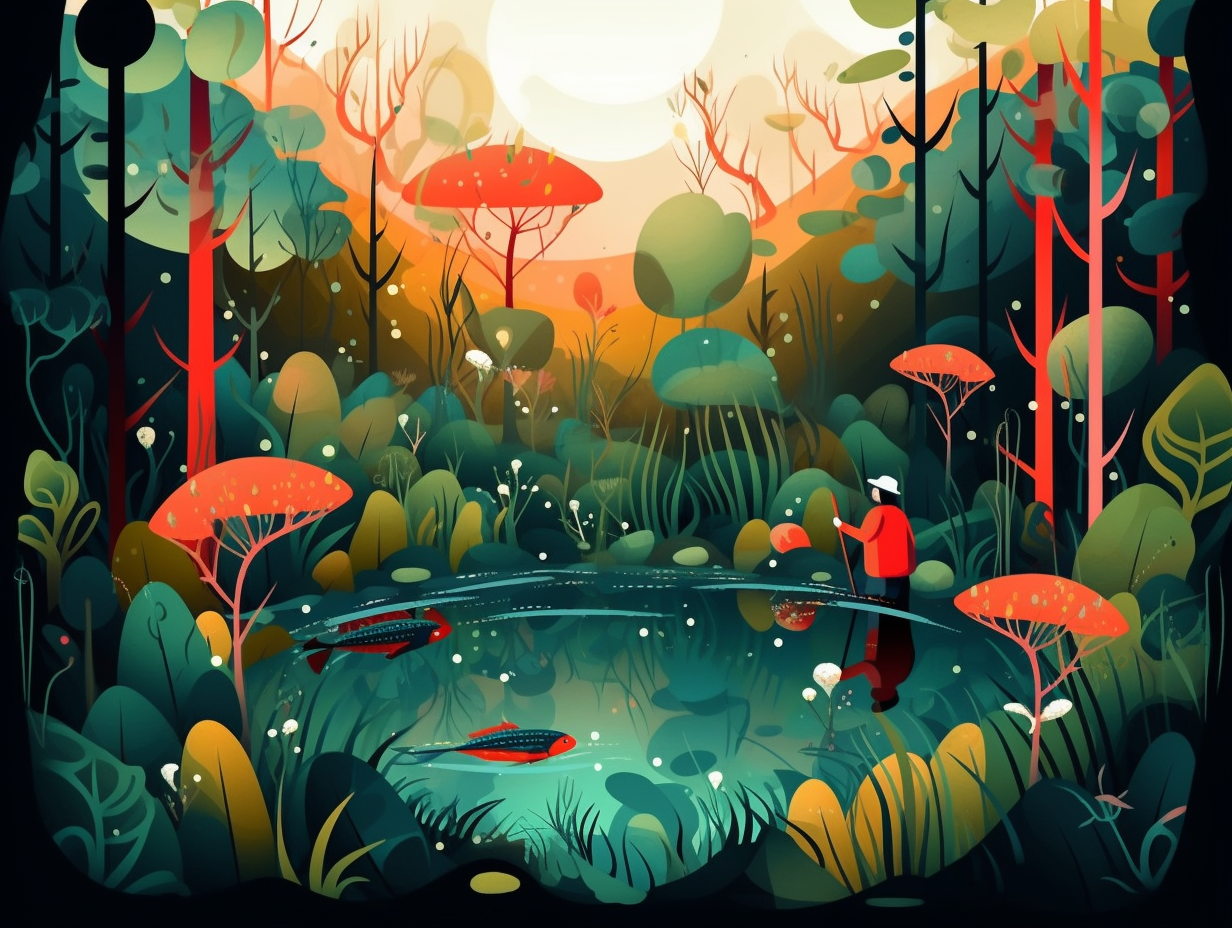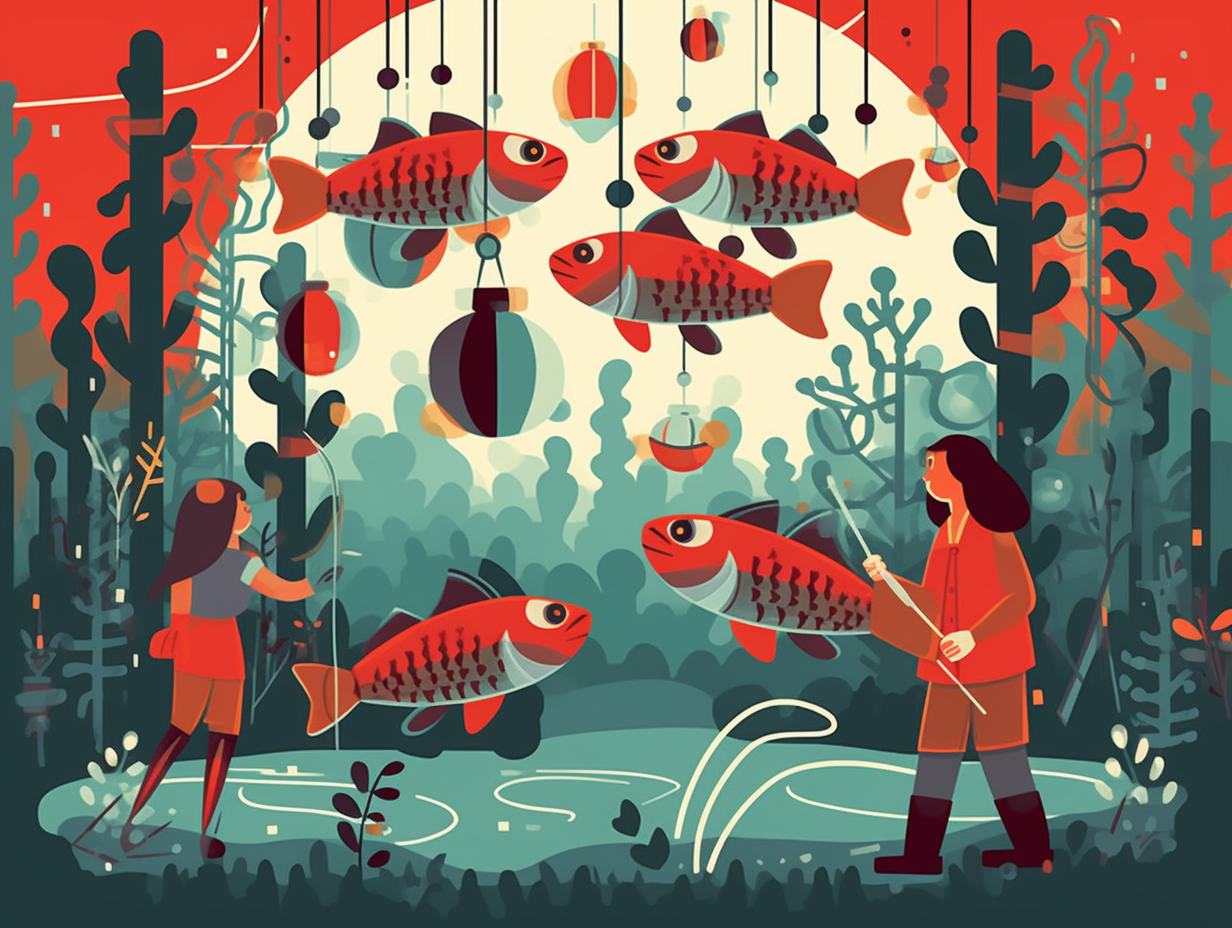Discover the Underwater World: Top 25 Fascinating and Fun Facts About Coral Reefs
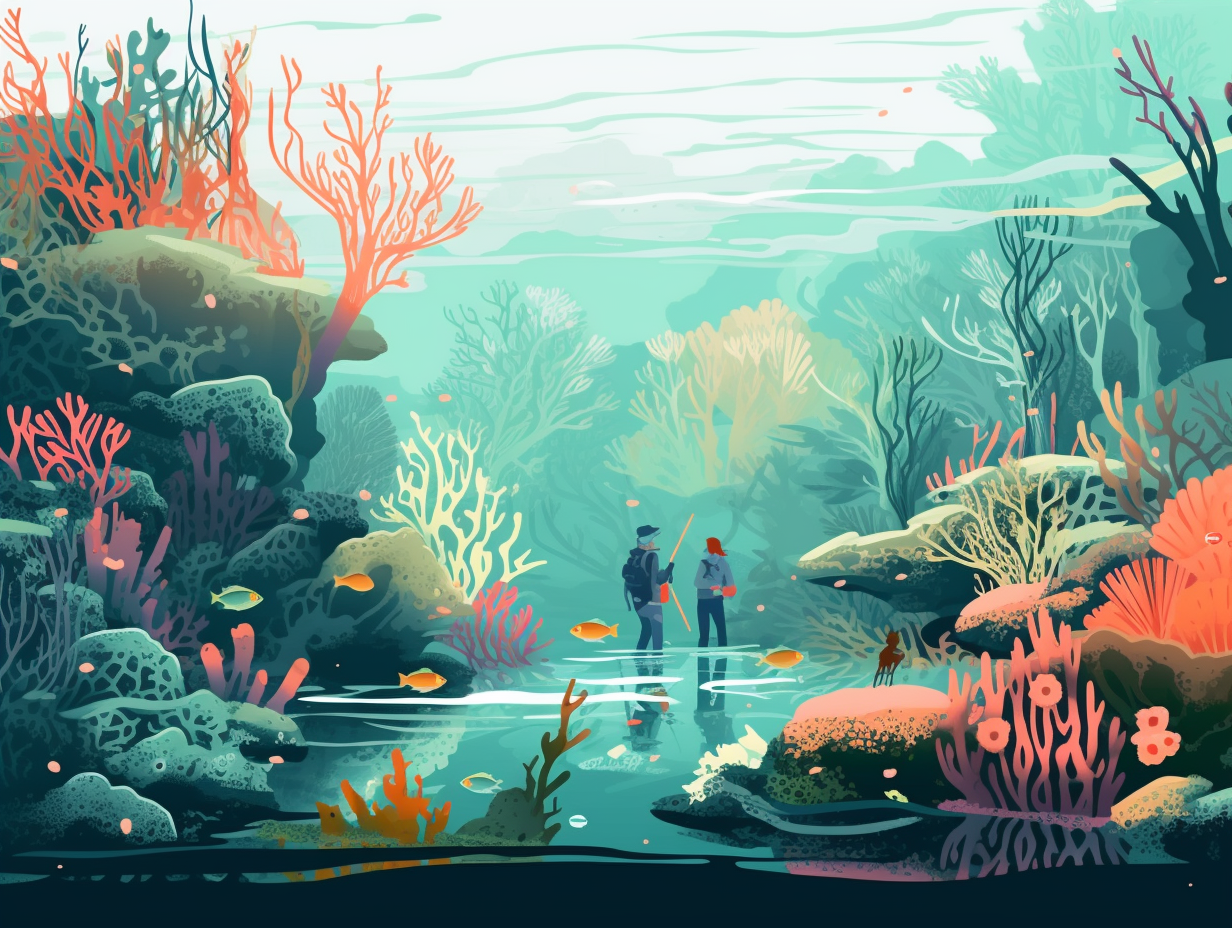
1. Coral Reef Metropolis
Picture a bustling underwater metropolis, teeming with life and color, where fish catch the current like taxis in a New York City rush hour, and you've got yourself a thriving coral reef community: In reality, these vibrant ecosystems host over a million species of plants and animals, benefitting our economy through reef-based recreation and even holding the key to unlocking medical breakthroughs, all thanks to the Florida Keys National Marine Sanctuary's protection of 50 coral species and over 500 fish species!
Source => floridakeys.noaa.gov
2. Exclusive Ocean VIP Club
Though coral reefs might just be the ocean's VIP club, they certainly don't discriminate: hosting an estimated 25 percent of all marine members in a teeny-tiny 1 percent of the dance floor: Coral reefs are home to over one million species of plants and animals, providing vital habitats and resources that benefit both the rich biodiversity of marine life and economies around the globe through recreational activities, fishing, and even medical advancements.
Source => floridakeys.noaa.gov
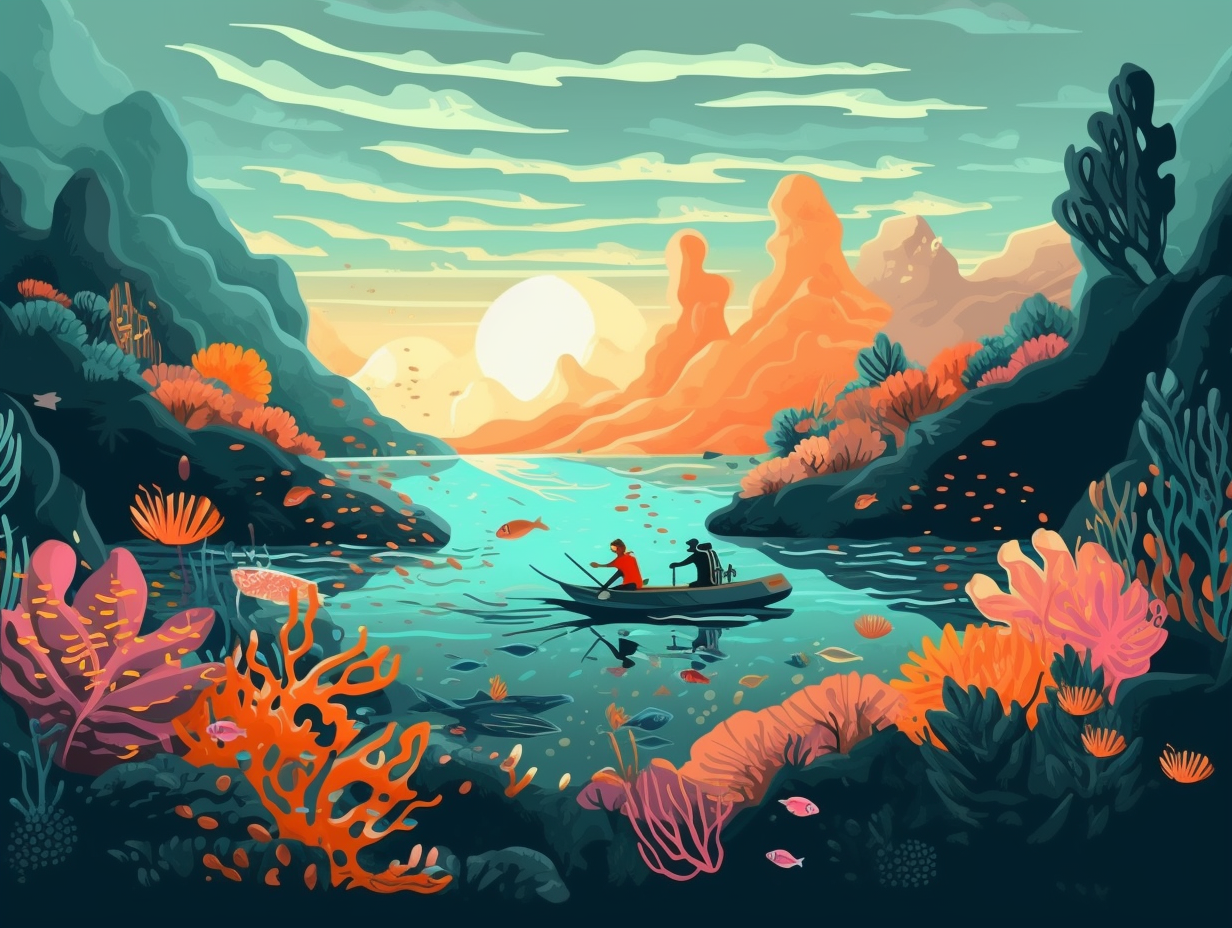
Did you know that Marlin and Dory from "Finding Nemo" would have to search through a massive underwater city with over 1,500 species of fish neighbors in the Great Barrier Reef? This incredible natural wonder is like an underwater metropolis, stretching 1,400 miles and covering 133,000 square miles! 🐠🐟🌊
=> Fun Facts about The-Great-Barrier-Reef
3. Millennia-Old Undersea Parties
Just when you thought you were the old-timer at family gatherings: coral reefs have been throwing undersea parties for millennia, hosting a wide range of marine critters. In fact, the age of some reefs ranges from 5,000 to a whopping 50 million years, with the oldest anthozoans dating back 550 million years to the Vendian period!
Source => nationalzoo.si.edu
4. Ultimate Coral Roommates
Coral and zooxanthellae are like the ultimate roommates, sharing food, chores, and even boosting the local economy – without arguing over the remote control: This exceptional partnership allows zooxanthellae to photosynthesize and provide 90% of their organic material to the coral, fueling the growth and productivity of entire coral reefs in nutrient-poor tropical waters.
Source => oceanservice.noaa.gov
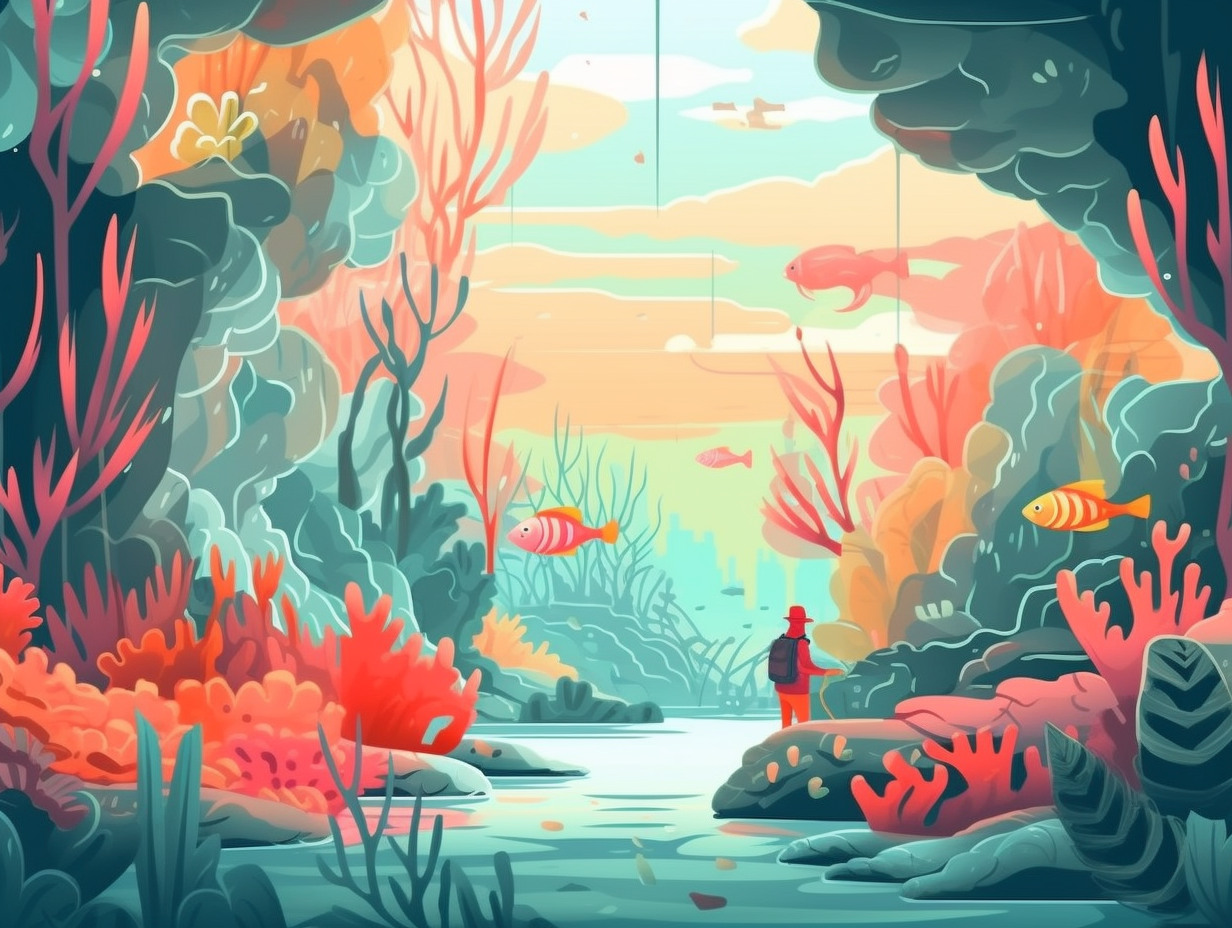
5. Coral's Colorful UV Protection Pills
Feeling blue? Coral reefs have a pill for that: They house various types of zooxanthellae, which produce pigments from purple to red, giving corals their vibrant colors, while also providing protection against harmful UV rays and acting as antioxidants during injury.
Source => pressbooks.pub
6. Coral's Complicated Sidekick Relationship
If coral reefs had a relationship status, they'd choose "It's Complicated" with their tiny sidekicks, zooxanthellae: These microscopic buddies provide coral polyps with essential nutrients and even the calcium carbonate needed for their structures, making them a powerhouse duo responsible for the reef's impressive productivity and diversity.
Source => oceanservice.noaa.gov
7. Coral Reefs: Economic Powerhouses
Sure, some would call coral reefs the "rainforests of the sea" or even the "underwater cities", but did you know they also moonlight as economic powerhouses? That's right, these sassy, vibrant metropolises of marine life might as well be swimming in Benjamin Franklins: Coral reefs contribute over $100 million to the US economy, thanks to the National Marine Fisheries Service and supporting industries like tourism. However, these fabulous oceanic oases are under threat from pollution, disease, and habitat destruction, putting both our environment and wallet at risk.
Source => oceanservice.noaa.gov
8. Keeping Reef Parties Alive
Coral reefs: nature's underwater metropolises, where the most diverse lineups of marine life swarm these aquatic condos – and we're not just talking about the Nemos and Dorys of the sea! Here's the splash: these lively ecosystems host over 25% of all marine life, including fish, mollusks, and crustaceans. Sadly, coastal development and pollution are currently putting the kibosh on these delicate neighborhoods. That's why it's vital to adopt sustainable practices to keep the reef parties going for generations to come.
Source => oceanservice.noaa.gov
9. Great Barrier Reef's Mega Shindig
If you think your family reunions are crowded, just imagine being a marine critter at the Great Barrier Reef's underwater shindig: Home to an astonishing 5,000 to 8,000 species, including quirky clownfish, gigantic bivalve party crashers, and ancient sea turtles, it is one of the most biodiverse ecosystems on the planet.
Source => livescience.com
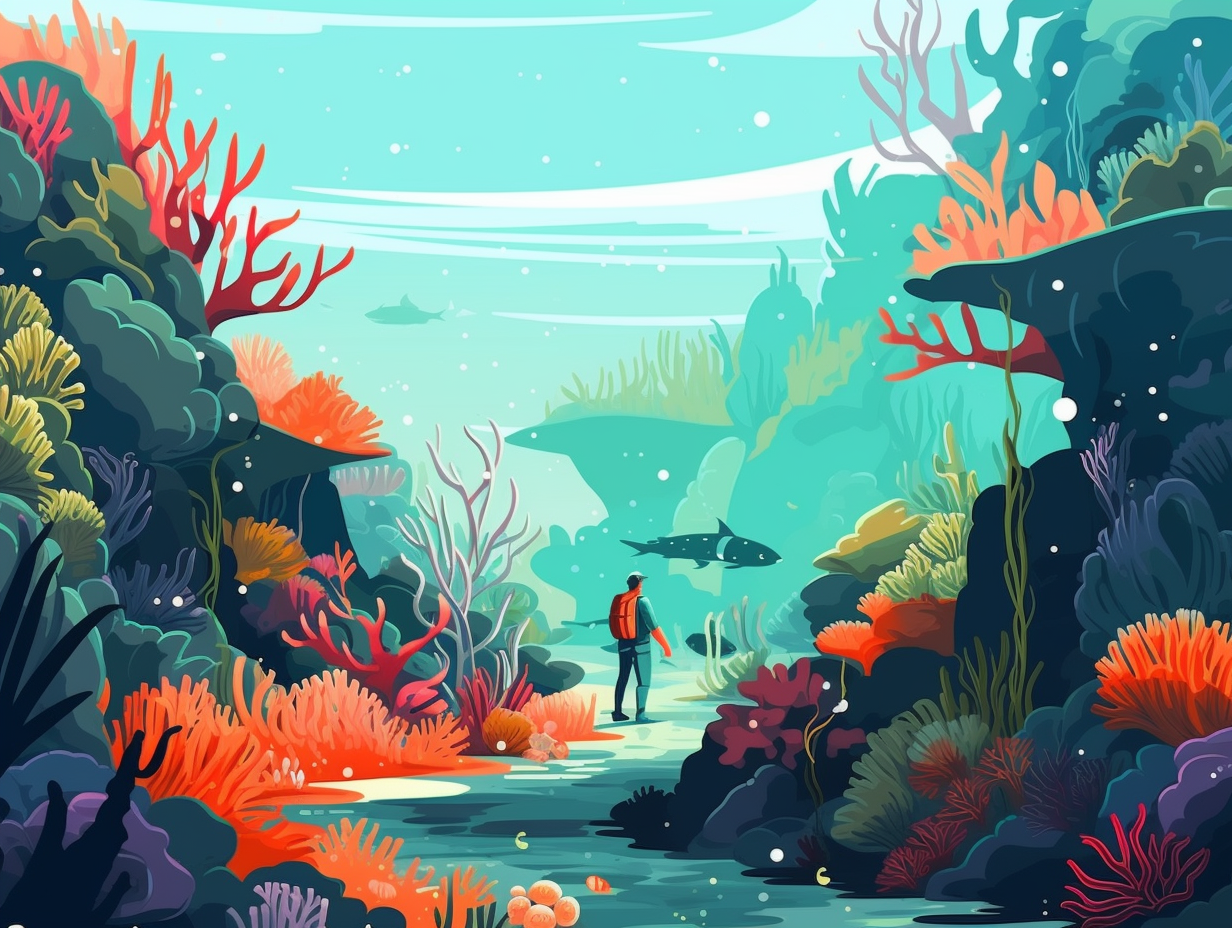
10. Coral Growth Speed Race
Step aside, Aesop's Tortoise and Hare, there's a new speed race in town, and it's all about coral growth rates: Some corals zip by at a cheetah-like 10 centimeters per year, while others mosey along at a more slothful 0.3 to 2 centimeters annually. In the grand marathon that is reef formation, it can take up to a jaw-dropping 30 million years for these aquatic architects to craft their masterpieces, resulting in fringing, barrier, and atoll wonders.
Source => oceanservice.noaa.gov
11. Coral Reefs' Grand Buffets
Whoever said there's no such thing as a free lunch clearly never asked a fish in a coral reef: Coral reefs provide the main course for over 25% of the ocean's fish species, establishing them as grand buffets for the marine food chain.
Source => noaa.gov
12. Coral's World Tour
You know how your favorite band goes on tour, and they're always connected with their fans no matter how far they travel? Well, imagine coral reefs doing the same: Acropora digitifera, a broadcast-spawning coral species in Japan, maintains its impressive genetic diversity across a 1,000 km stretch despite varying habitat and latitude challenges – all while effortlessly staging the world's most colorful underwater comeback tour!
Source => ncbi.nlm.nih.gov
13. Coral Polyps: Tiny Reef Architects
Coral reefs are like underwater metropolises, housing a diverse blend of tiny tenants, from technicolor fish to stealthy sea-snails, all living in a vibrant neighborhood constructed by diligent coral polyps: These minuscule architects build complex skeletal structures using calcium and carbonate from seawater, forming the bustling ecosystems we know as coral reefs; home to herbivorous fish who keep the area tidy by chomping on algae, and a safe haven for smaller creatures seeking shelter within the aquatic community.
Source => coralreef.noaa.gov
14. Underwater Fatty Snowflake Blizzard
Coral reefs throw the wildest underwater blizzards that would leave Jack Frost green with envy: Synchronizing their egg and sperm release to the lunar cycle and water temperature, this colorful explosion of gametes, rich in fatty lipids, ascends like fatty snowflakes in a picturesque sea blizzard before fertilizing on the surface and eventually initiating the growth of a new coral colony.
Source => oceanservice.noaa.gov
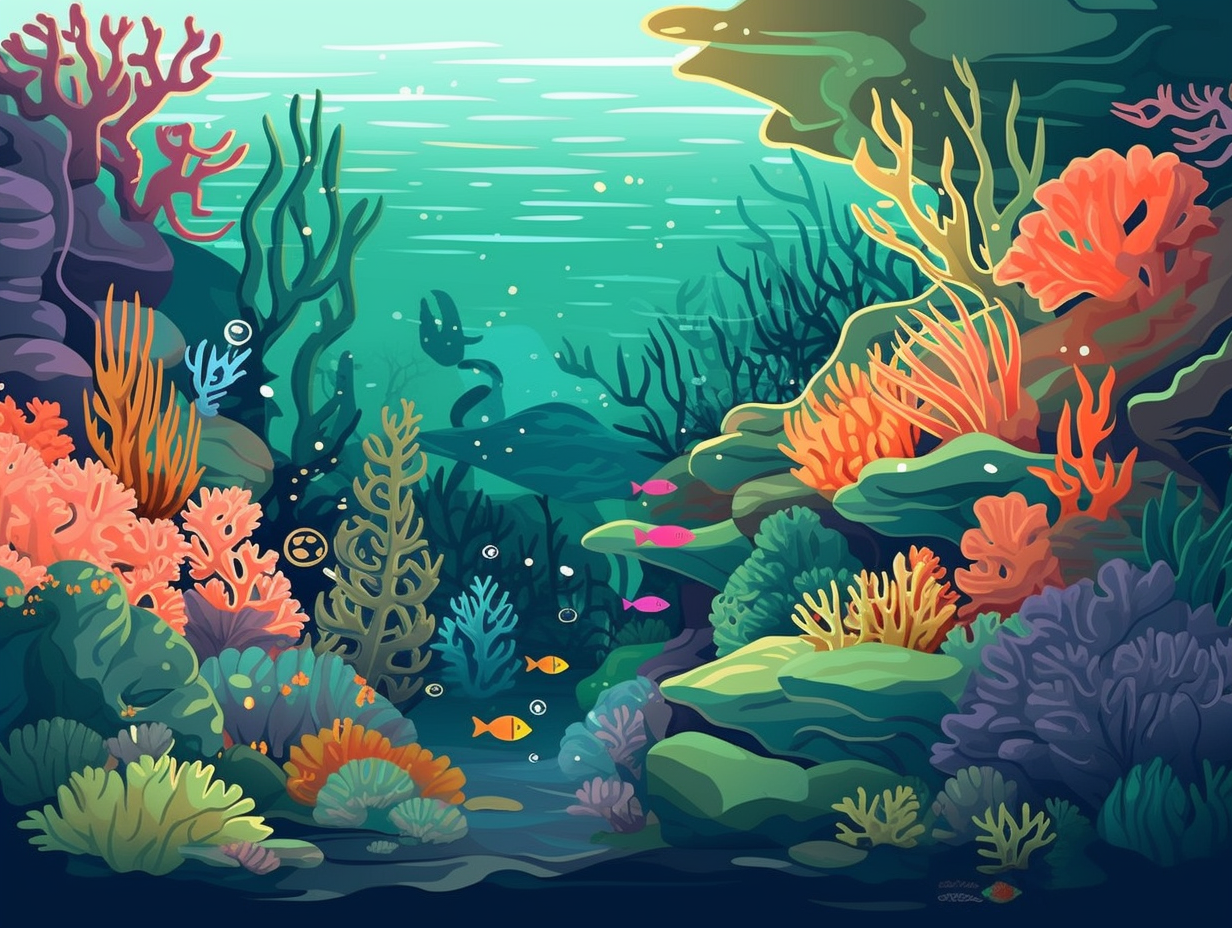
15. Coral-ar Economy
Who needs dollars when you can have coral-ars: Coral reefs aren't just biodiversity show-offs but also economy life jackets, with an estimated worldwide value exceeding $375 billion annually, serving as a treasure chest for over 500 million people in at least 90 countries.
Source => frontiersin.org
16. Coral Reefs: Underwater Pharmacies
Step aside, Dr. House and Gregory Mendel, coral reefs are the new doctors in the house: These underwater pharmacies harbor millions of undiscovered species of organisms, many of which are being explored as potential cures for various ailments like cancer, arthritis, bacterial infections, viruses, and more.
Source => oceanservice.noaa.gov
17. Coral Skeletons: Climate Detectives
Step aside, tree rings – there's a new climate detective in town, and it's sporting a calcium carbonate suit and underwater swag: Coral reefs have growth patterns in their skeletons that record variations in temperature and water composition, allowing scientists to study past climate changes using coral cores as natural recorders with an x-ray vision for paleoclimatology.
Source => flowergarden.noaa.gov
18. Underwater 007s
Who knew that the cast of Finding Nemo consisted of secret agents? A salty league of underwater 007s slinks around the coral reef, mastering the art of hide and seek: Fish such as the trumpetfish, reef stonefish, painted frogfish, lionfish, leafy sea dragon, tasselled anglerfish, mimic octopus, and cuttlefish employ camouflage and mimicry to blend in with their surroundings or impersonate other species, ensuring their survival and hunting prowess in a deceptively dangerous ocean.
Source => tynemouthaquarium.co.uk
19. Coral Reefs: Coastal Bouncers
Who needs sandbags when you've got reefs? Mother Nature's own coastal bouncers are ready to break up the party waves crashing on the shores: Coral reefs act as natural barriers, providing protection to coastal communities from wave action and storms, reducing erosion and property damage. However, when damaged by pollution or coastal development, their buff bouncer abilities diminish, leaving communities feeling the full might of Mother Nature's tempestuous tides. So, let's give our underwater sentinels a helping hand with sustainable practices!
Source => oceanservice.noaa.gov
20. Marine Biologist DJs
Who needs a DJ when you've got marine biologists? They're spicing up the undersea party by bumping tunes for the fishes: A study by the University of Exeter discovered that playing the sounds of healthy coral reefs can attract more fish and speed up the recovery of dying reefs, increasing the number of fish attracted to abandoned reefs by up to 50%.
Source => npr.org
21. Beyoncé of Coral Reefs
You'd think coral reefs were part Beyoncé, transforming from humble polyps to marine eco-royalty all thanks to their hidden skeletons: In fact, some coral species have calcium carbonate or protein-based skeletons that not only protect the polyps, but also feature calcareous walls and mobile filaments essential for their survival and impressive biodiversity.
Source => seaworld.org
22. Coral Reefs: Aquatic Beachfront Resorts
Surf's up, fish-style: coral reefs, while occupying a mere 1% of the ocean floor, are like the beachfront resorts of the marine world, hosting over 25% of all aquatic critters. These all-inclusive clubs offer protection, food, and even erosion control for coastal humans, but be warned – unchecked carbon emissions might just leave us with no more "room" for our underwater friends.
Source => oceanservice.noaa.gov
23. Coral's Moonlit Mating Mania
Moonlit mating mania: Corals have a better love life than you – they time their romantic escapades and spawning sessions based on lunar phases, sea temperature, and day length, all whilst facilitating genetic exchange between species and distant regions for an ultimate underwater rendezvous.
Source => coralsoftheworld.org
24. Coral Reefs: Ocean Sitcoms
If Finding Nemo taught us anything, it's that the ocean is filled with vibrant characters deserving of their own sitcom: Coral reefs are home to over 25% of marine species, boasting a diverse cast of vivid fish, mysterious octopuses, and the ever-elusive sea horses, all thriving in these magnificent underwater ecosystems.
Source => study.com
25. Coral Charms and Remedies
Who needs a coral reef when you've got coral charms? Whether you're warding off ancient Roman bad vibes or just surviving a dreadful Italian dinner with your mother-in-law, coral has got your back: Throughout history, civilizations like the Romans and Gauls believed that coral could protect against danger and evil spirits, while Italians relied on it for fertility and warding off the "evil eye". Coral is also believed to have healing properties, helping to remedy sleeplessness, bladder stones, and combat stress, fear, and depression.
Source => firemountaingems.com
Related Fun Facts



